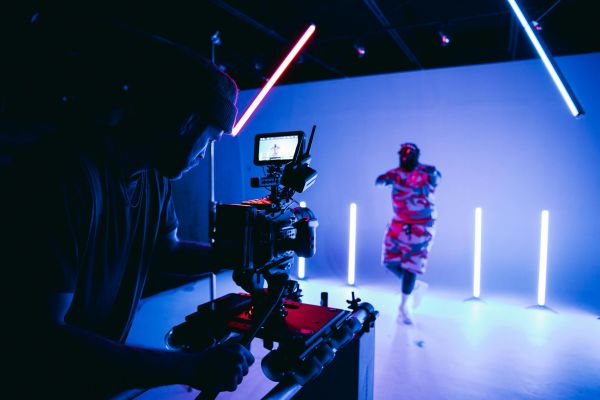The 2030 Videographer: Skills You Should Start Learning Now

Skills You Should Start Learning Now
The videography industry is evolving rapidly. With emerging technologies, shifting audience expectations, and new content platforms, the videographer of 2030 will need more than just technical know-how. To stay ahead, start building a future-ready skill set that blends creativity, tech fluency, and business savvy.
AI-powered tools are transforming the way we work. Editing software like Descript, Adobe Firefly, and Runway can now automate tedious tasks such as audio cleanup, B-roll generation, and even visual effects. Learning these tools today can significantly boost your creative efficiency. As one editor put it, "AI won't replace you, but videographers who use AI will replace those who don't."
Virtual production is another game changer. With platforms like Unreal Engine 5, you can design photorealistic sets and environments from your home studio, saving on location costs and increasing visual quality. Start experimenting with green screen alternatives and real-time compositing to understand how this tech can fit into your workflow.
Immersive content is rising fast. 360° video, augmented reality (AR), and virtual reality (VR) are opening doors to experiential storytelling. Tools like Insta360 Studio and Meta Spark let you create interactive media that pulls viewers in. Understanding Unity or similar platforms will future-proof your storytelling skills in this space.
Drone cinematography is now an industry standard in real estate, travel, events, and more. Mastering tools like DJI drones, getting your Part 107 certification (if you're in the U.S.), and learning how to choreograph dynamic aerial shots will make your work stand out.
Polished visuals are another key differentiator. Advanced color grading using DaVinci Resolve or similar software can transform your raw footage into cinematic gold. Learning how to shoot in LOG, apply LUTs, and build your own grading style helps establish a visual brand that clients and audiences recognize.
Still, gear alone won't make your work memorable. Storytelling is what resonates. Invest time in learning scriptwriting, pacing, and emotional structure. Knowing how to create content with a narrative arc keeps viewers engaged and increases retention. As the saying goes, "Story is king."
Visibility is just as important as quality. That means knowing how to optimize for content platforms. Learn SEO basics for video, like keyword-rich titles, tags, and descriptions. Use tools like TubeBuddy, Google Trends, and YouTube Studio to refine your content strategy and increase discoverability.
Live streaming continues to grow across events, education, and content creation. Knowing how to operate multi-cam setups, manage live audio, and use tools like OBS Studio, Stream Deck, and vMix will expand your service offerings. Real-time content brings real-time engagement, which is valuable to clients and audiences alike.
Minimalist and mobile production is a must in a fast-paced world. With compact gear and mobile editing tools, you can produce high-quality content on the go. Learning smartphone cinematography, portable lighting setups, and apps like LumaFusion or CapCut can give you the agility to meet modern demands.
Lastly, treat your videography like a business. Build your personal brand, learn client management, pricing strategies, and explore passive income options like selling LUTs, stock footage, or offering online workshops. As one creator noted, "Youpgrading to the latest oneur brand is your reputation—and your portfolio is your proof."
In conclusion, the videographer of 2030 will wear many hats: storyteller, technician, strategist, and entrepreneur. The good news? You don’t need to master everything overnight. Start now, stay curious, and evolve with the tools and trends shaping the future of content creation.
